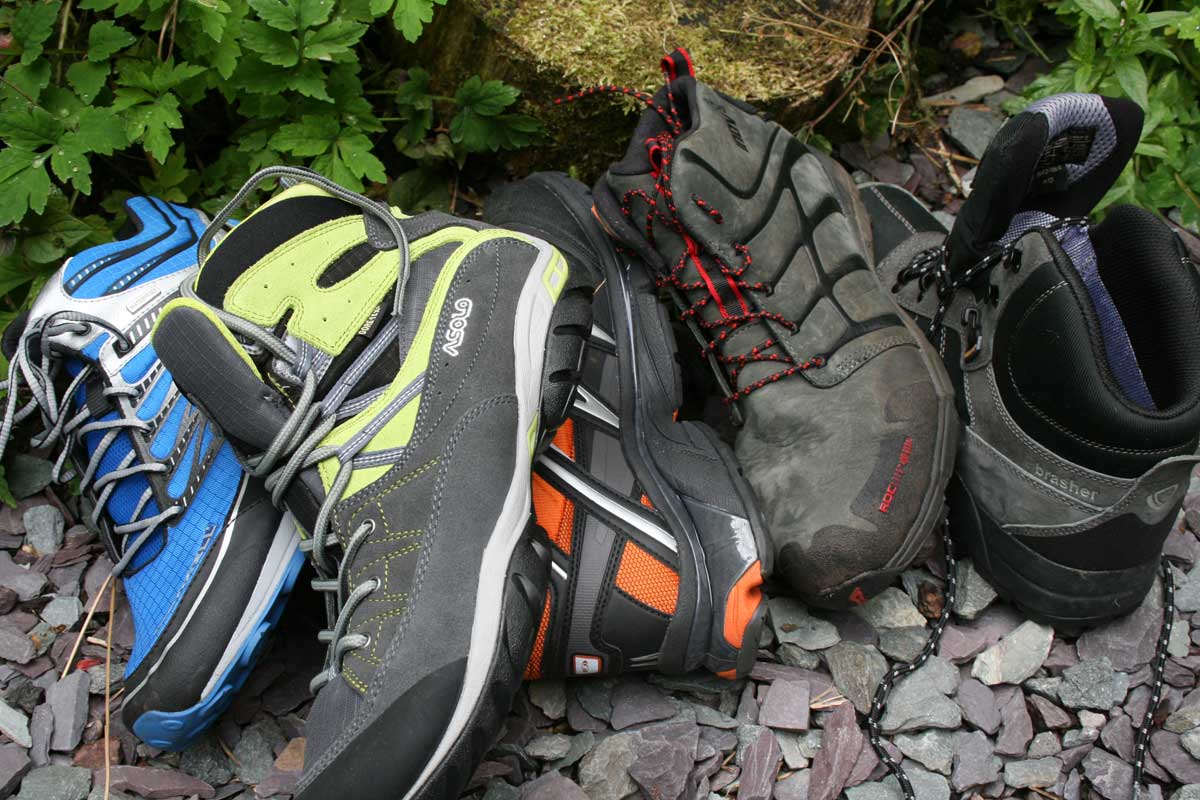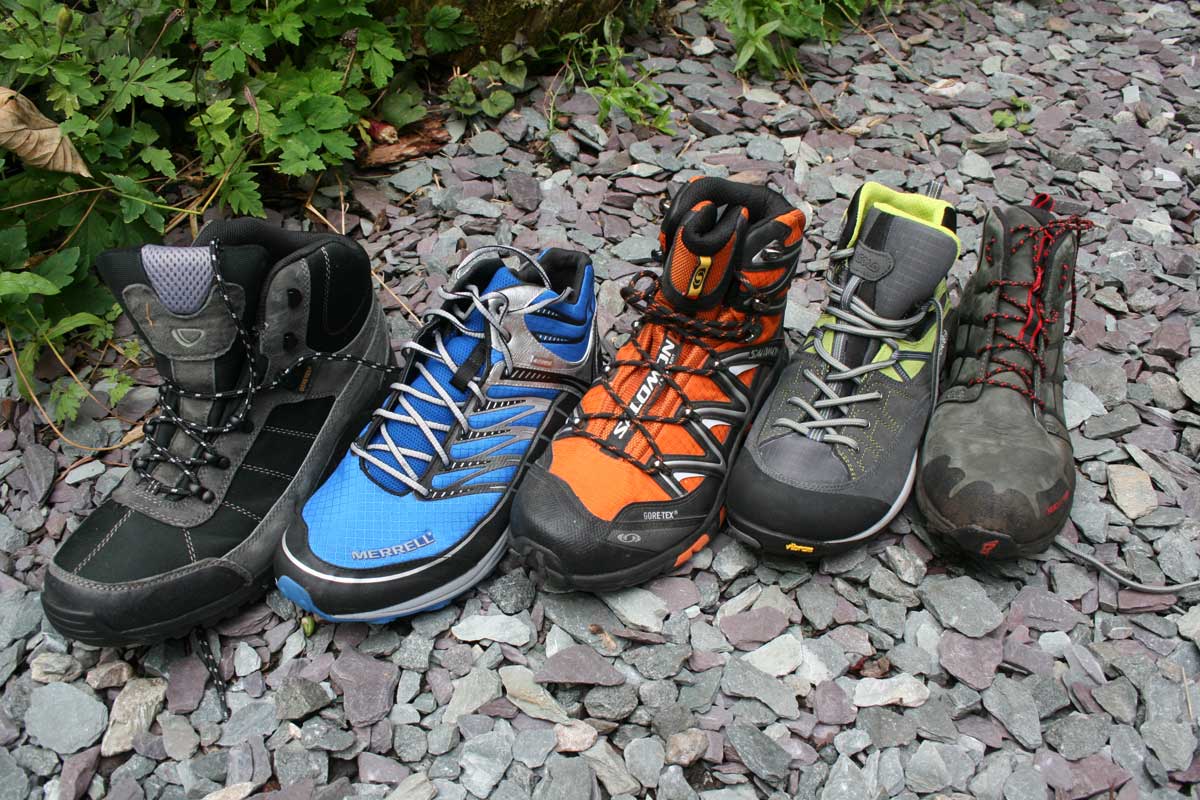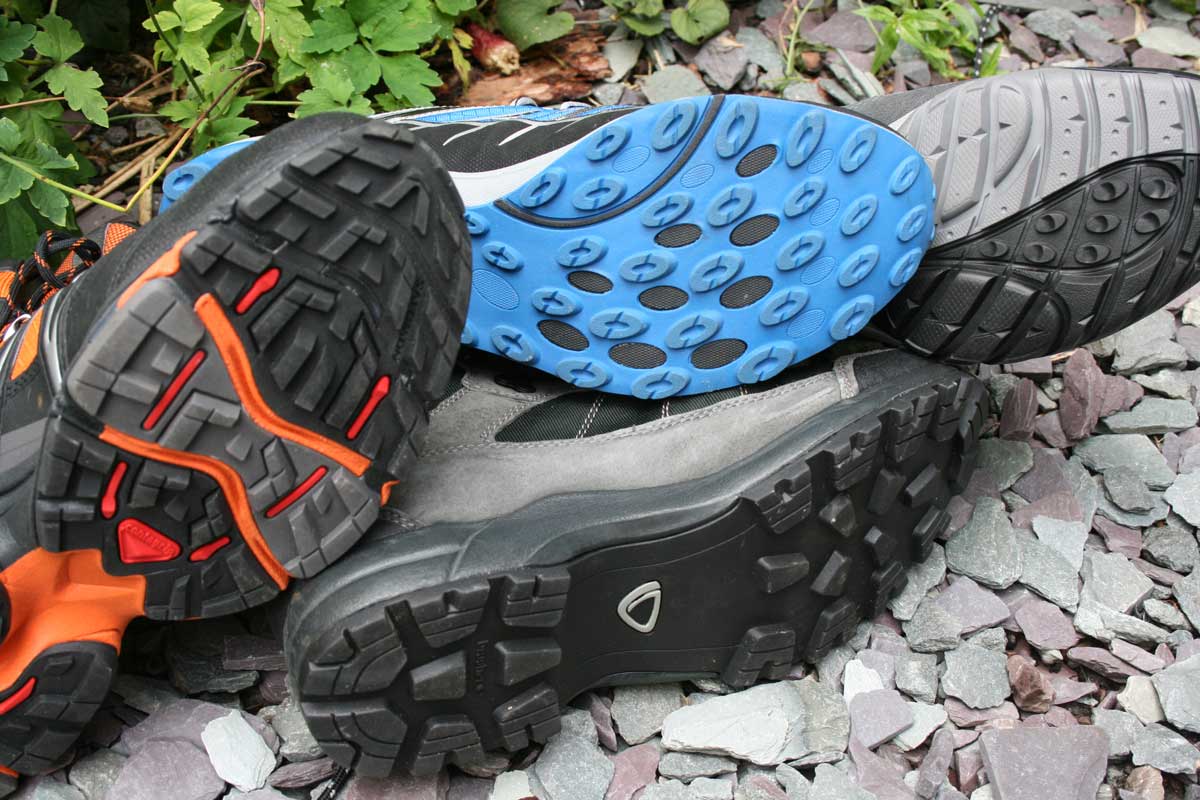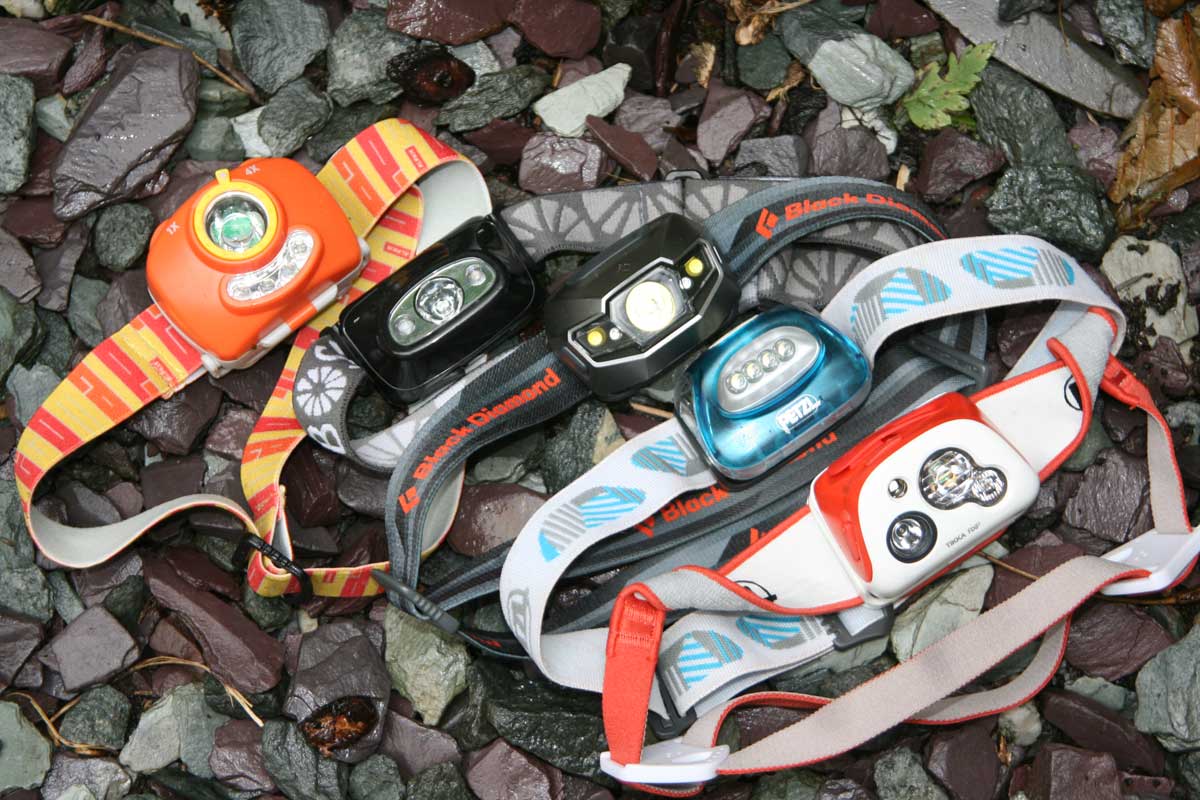
Wondering which are the best lightweight walking boots for you? Bewildered by the choice out there? Here’s some basic advice to help you choose between the different brands and models on offer.
What do we mean by lightweight boots? Well, generally walking boots are getting lighter, but we’re talking about boots and mids that weigh 1100g or so or less per pair. Usually they’re the boots you pick up and are surprised at just how light they are.
Why Go Light?
Simple, over the course of a day, you’re lifting less weight for each step and it all adds up. On top of that, lighter boots tend to be more nimble and make it easier to place your feet more precisely. If you’re used to traditional walking boots then it’s a bit like walking on air if you make the right choice and you’ll find it hard to go back to heavier boots for general walkins.
Boots Or Mids
We find lightweight boots fall into two categories. There are lightened-up walking boots like Brasher’s SupaLite series which tend to be more supportive underfoot and less minimal, then there are ‘mids’ which are trail shoes but with higher-cut ankles, they’re often lighter, but can have less structure underfoot.











